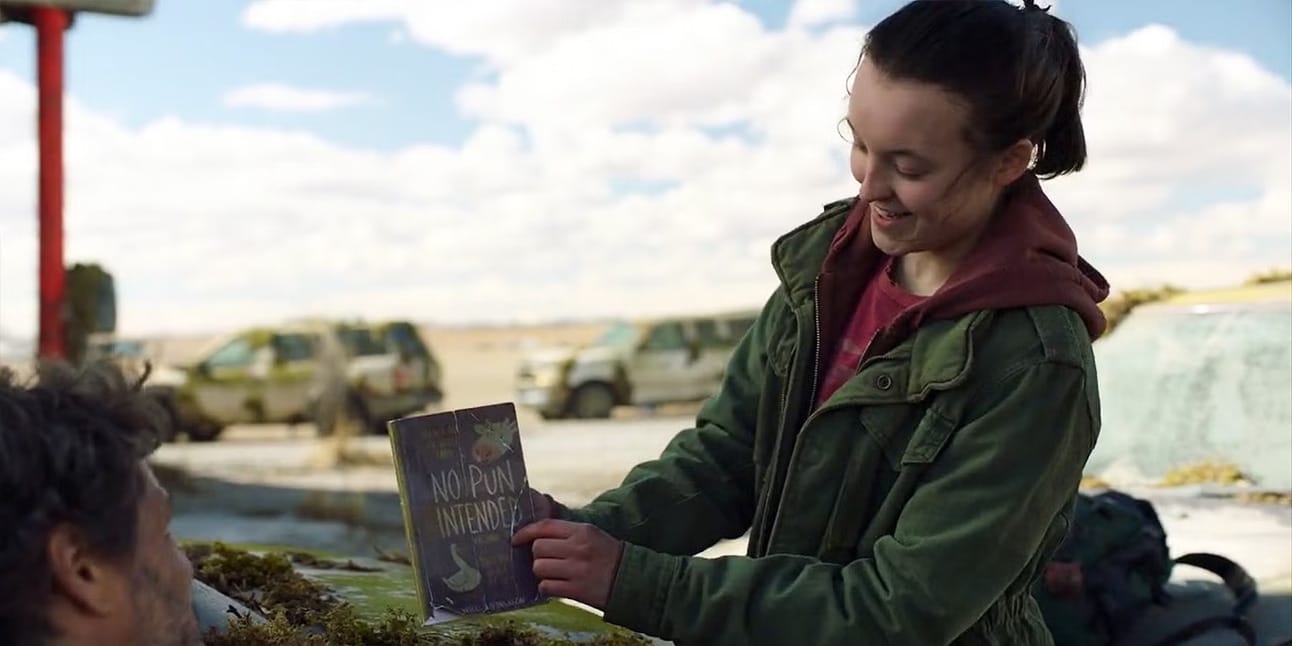Summary
Students begin by defining different types of wordplay, such as homophones and homographs. They then watch a fun video compilation of puns from the popular game 'The Last of Us' to see them in a natural context. Activities focus on analyzing joke structures, learning common reactions, and culminate in students creating and performing their own puns, making language learning memorable and fun.
Activities
Students analyze short, classic puns to identify double meanings and discuss the nature of wordplay, exploring why some people love puns while others groan at them.
Watch a video clip featuring puns from the game 'The Last of Us' and complete a comprehension table, noting the joke setups, punchlines, and the wordplay that makes each pun funny.
Focus on common question forms used in jokes, such as 'What do you call...?' and 'Why did...?', by completing joke setups with the correct grammatical structure.
Students work in teams to create their own original puns based on specific word pairs and categories, then write a short dialogue and perform their jokes for the class.
Vocabulary focus
This lesson introduces vocabulary essential for understanding the puns discussed, including words with multiple meanings or similar sounds like outstanding, dawn, hereditary, algebra, and scarecrow. Students will also explore the use of homophones like genes/jeans and too/two.
Grammar focus
The grammar section concentrates on question formation for jokes. Students will practice constructing common joke setups using various interrogative structures, such as 'What did...?', 'Why did...?', 'What do you call...?', and 'Did you know...?', to improve their fluency and naturalness when telling jokes in English.
/
/
/


